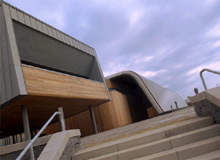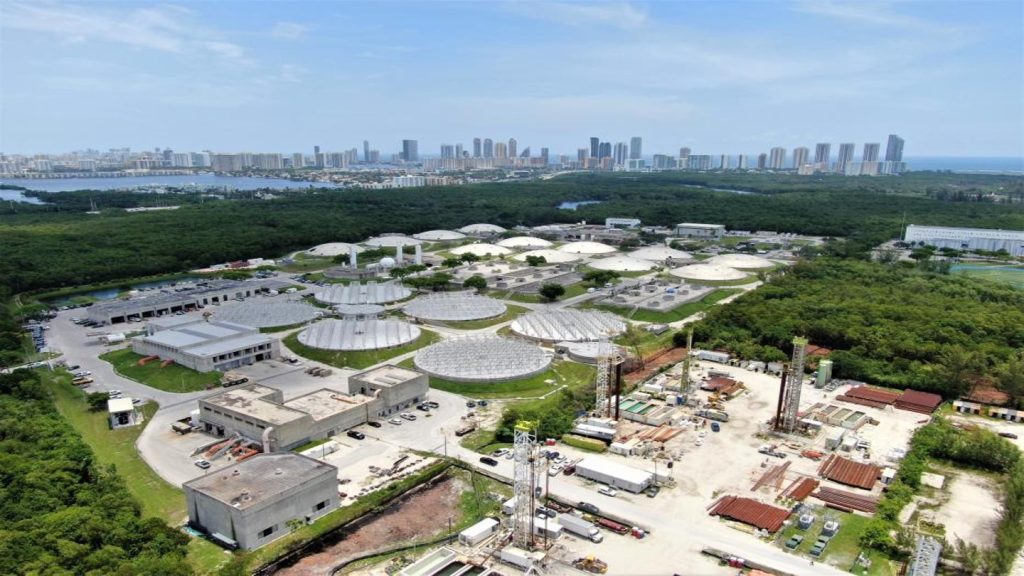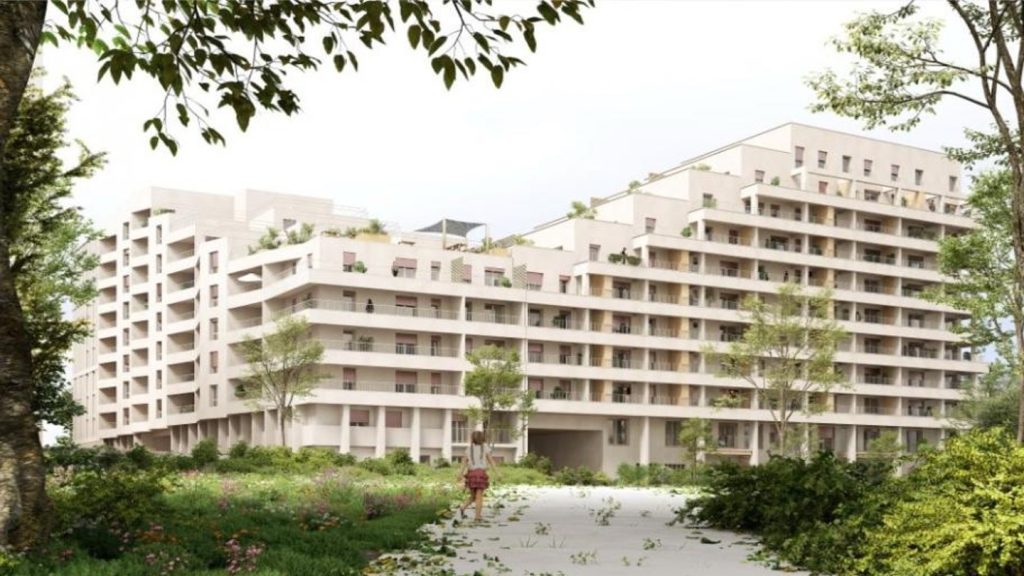
Clive Webb has seen a lot of changes at design practice Percy Thomas, most significant being its 2004 takeover by ever-voracious Capita. However, the senior associate director is now looking to the future, specifically how sustainability impacts on design.
He has been at the Cardiff-based firm for 21 years in total, having left on two occasions, with his longest stint at the firm, renamed Capita Percy Thomas (CPT), lasting 13 years.
“I keep coming back because it is like a big family,” he explains. “Percy Thomas deals with large schemes, so people go to experience smaller projects or different approaches to management.”
CONTINUED ENVIRONMENTAL COMMITMENT
Webb appreciates the extra clout that being part of the Capita Symonds design consultancy brings, something that was extended recently with the acquisition of the commercial practice Ruddle Wilkinson.
See Also:
“It brought different attributes we needed to strengthen ourselves. Our name has always been synonymous with good-quality design, now we have the financial backing to better handle the long gestation periods that are a drain for any practice.”
How well do you really know your competitors?
Access the most comprehensive Company Profiles on the market, powered by GlobalData. Save hours of research. Gain competitive edge.

Thank you!
Your download email will arrive shortly
Not ready to buy yet? Download a free sample
We are confident about the unique quality of our Company Profiles. However, we want you to make the most beneficial decision for your business, so we offer a free sample that you can download by submitting the below form
By GlobalDataBecause Ruddle deals more with commercial projects, there is little overlap with CPT, which focuses more on the public sector, from Ministry Of Defence commissions to huge hospital designs. So despite the change in ownership, day-to-day work continues
as at Webb’s firm, something that includes an interest in sustainability.
“Percy Thomas has always had a commitment to try and respect the environment on projects we deal with,” he explains. “It is a specialism we bring to every building we work on.”
This has been the case since the early 1980s when the environment first became an issue, with government and forward-thinking practices seeking to minimise the impact of their buildings.
SURPASSING SUSTAINABILITY STANDARDS
As a project director, Webb manages up to six teams at a time and also deals in business development, following up leads and working on tenders.
His firm has long been involved in the environmental impact BREEAM standards and their NHS equivalents NEAT. He says that CPT architects, where possible, surpass the guidelines laid down by the Building Research Establishment.
“BREEAM standards provide a useful benchmark, and government clients tend to call for these levels of sustainability as a matter of course,” he explains. “So they are happy when we show they can make their buildings even more environmentally
friendly.”
THE UK’S GREENEST SCHOOL
A case in point is the Academy of St Francis of Assisi, an educational establishment that has recently opened in Liverpool and a school that The Times newspaper described as the greenest in the UK.
“It still needs bedding in,” Webb states, without excusing the pun. “We still need to develop the water courses and reed beds.”
St Francis follows in the wake of the OpTIC Centre in St Asaph, Wales. This business centre was named ‘sustainable building of the year’ at Building magazine’s Sustainability Awards 2005 last November and also earned the RICS Wales sustainability
award.
A SLEEK COAT OF SOLAR PANELS
Key to its success has been one of the largest Photovoltaic (PV) arrays in Europe. While many designers add panels as an afterthought, OpTIC’s sleek coat highlights its unusual shape. The 1,200m² wall curves from the roof to the ground and
demonstrates the importance of integrating such features into the design process at an early stage.
“We didn’t want to add them later on, instead we wanted to integrate them fully into the design,” Webb states. “Good design should not have limits, we just need to make best use of the correct materials.”
One of the key challenges CPT faces is the infancy of the industry that supports such components. This means architects sometimes need to be flexible in their designs. For OpTIC, the procurement of PV panels led the firm on a worldwide search.
Its first successful tenderer, German manufacturer Antec, went bankrupt. The second option, BP Solar, closed its factory. The third, a UK panel manufacturer, promptly went bankrupt too. Eventually, a Shell plant in the US fulfilled the contract.
However, the product was supplied ready-framed, forcing a design change.
“The German company failed due to the change of government,” Webb says. “With the system we eventually used, rainwater didn’t run off the panels so we had to ensure they were covered with self-cleaning glass.”
LONG-TERM ECONOMIC EFFICIENCY
In another progressive move, CPT has worked with the Welsh School of Architecture on the latter’s groundbreaking environmental modelling software Ecotect. This may become important in the future, for looking ahead, Webb sees one of the biggest changes
in sustainability being the use of whole-life costs to measure economic efficiency.
“If you look over a period of years, investment in energy efficient design reduces the total cost of occupancy,” Webb says. “Many developers only look at the cost of the building when they pass it on, so we need to encourage them to take a longer term
view that they can sell to their clients.”
We should also look forward to more emphasis on the carbon footprint of buildings to make them carbon neutral.
“We’ve been relatively successful in some classes of building,” Webb points out, “But some categories, such as laboratories, are more difficult because of what happens inside them. Much of the impact is made by users.”
To this end, CPT is working with The Carbon Trust to measure the impact of its critical care unit for the Royal Victoria Hospital in Belfast.
The Royal Victoria has an outside wall and separate interior walls that enclose different sections to better control air
conditioning and prevent the spread of infection from, say, the burns unit to intensive care.
SUSTAINABILITY BEGINS AT HOME
As part of its commitment to sustainability, CPT has itself signed up to the environmental management system standard ISO 14001.
This standard forms a key component of CPT’s total building management system that also includes the 9001 quality management standard and its occupational health and safety equivalent, which apply just as much to the company’s own offices as its
design projects.
“Our management system pulls them all together to show we run our own business at the same levels of competence we suggest for other people. We try and be energy efficient, so wherever possible we use video conferencing or operate company cars with
smaller, more efficient engines.”






